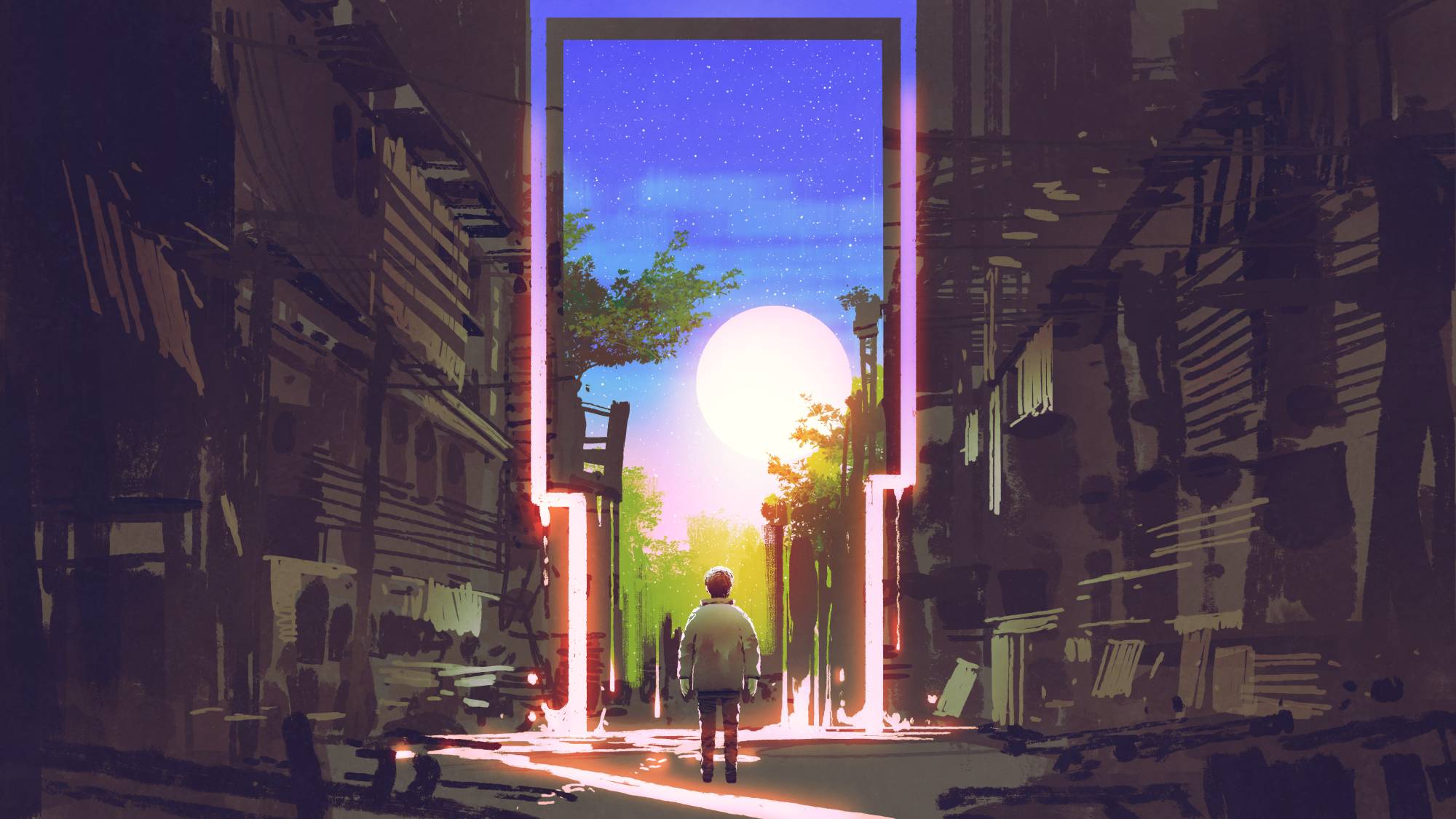Any devoted manga or light novel fan knows the story like the back of their hand: An average high school or college kid, usually a self-proclaimed otaku (nerd) obsessed with manga or video games, dies in a sudden accident. When they wake up, they discover they have been transported to a fantasy world. Often they have been transformed into a prince, duchess or legendary hero; sometimes an ordinary merchant or farmer. In some unfortunate cases, they start life anew as a sword, or even slime.
This fantasy subgenre known as isekai (other world) has dominated the manga and light novel markets in recent years. At the time of writing, out of the top 100 paid manga on Amazon Japan, 17 titles were isekai; on Amazon.com, there were a whopping 37. “Loner Life in Another World,” “Mushoku Tensei: Jobless Reincarnation” and “My Status as an Assassin Obviously Far Exceeds the Hero's” are just a few ranked near the top. Publishers such as Kadokawa and Alphapolis have doubled down on the genre, releasing hundreds of volumes of isekai titles a year.
Isekai has oversaturated both markets to the point where fans, editors and critics are practically sick of it. “Another isekai?” is a common remark on sites like Baka-Updates, a database that compiles new manga releases. One editor at a U.S.-based publisher says that isekai “make up a huge portion of new manga coming out. It’s been a driving force within manga and I don’t see it going away.” According to Kim Morrissey, a reporter at Anime News Network, isekai is “actually threatening the traditional light novel markets. There are less people buying other genres.”



















With your current subscription plan you can comment on stories. However, before writing your first comment, please create a display name in the Profile section of your subscriber account page.